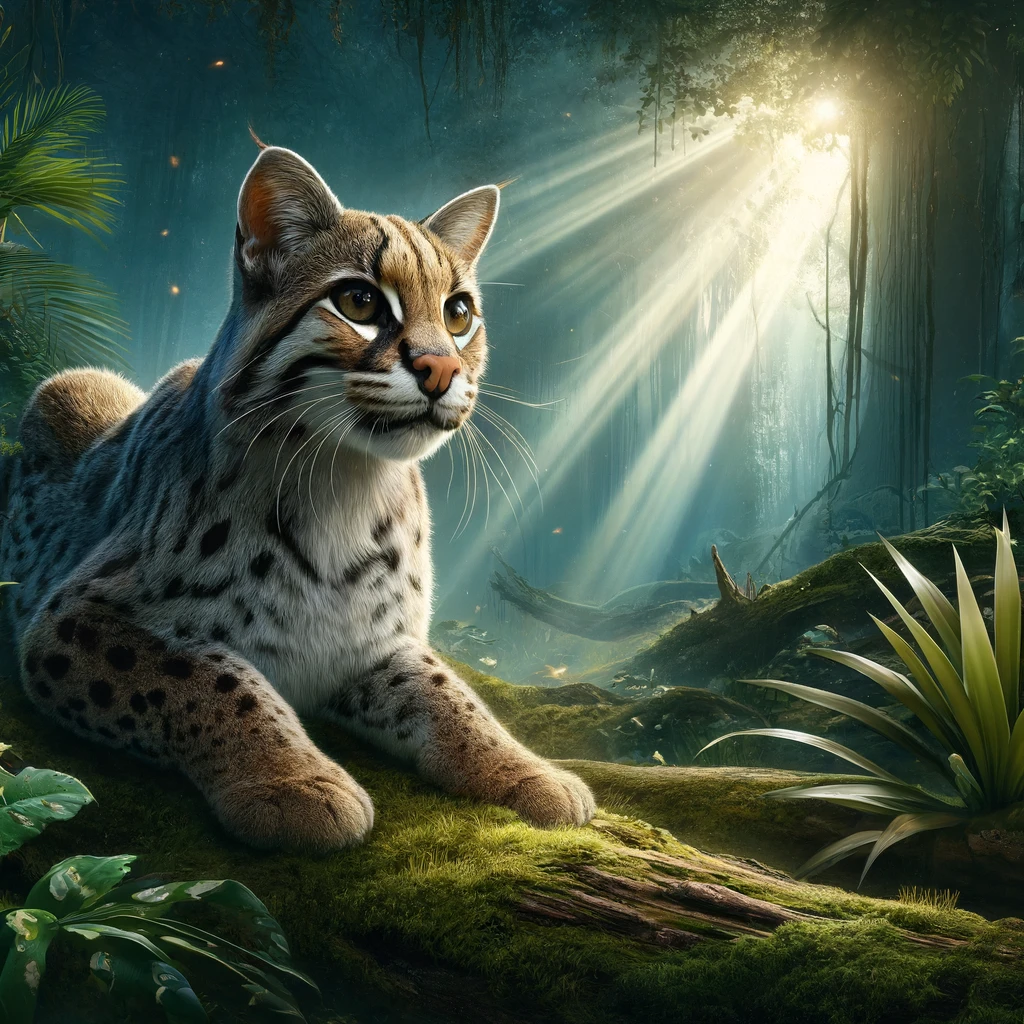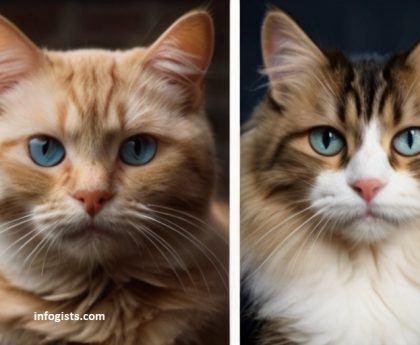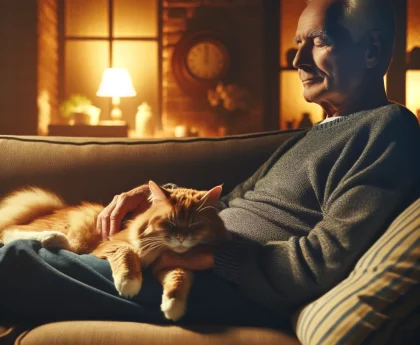Domesticating Wild Cats: Turning the Untamed into Companions
Wild cats have long captured human fascination with their untamed beauty and air of mystery. However, as intriguing as the concept of bringing a piece of the wild into our homes might be, the domestication of wild cats is a topic thick with complexity. In this article, we will explore the multifaceted process of turning wild felines into domestic companions, reviewing historical efforts, the special requirements these animals present, and the significant ethical considerations involved.
Introduction
What distinguishes a wild cat from its domestic counterpart? Understanding this is essential to grasp the nuanced process of domestication—a lengthy and intricate practice involving selective breeding and behavioral changes. Historically, the domestication process has evolved over thousands of years, with cats initially approaching human settlements to hunt rodents, which eventually fostered a symbiotic relationship.
Characteristics of Wild Cats
Wild cats exhibit specific behavioral and physical traits setting them apart from domestic cats. These traits include enhanced survival instincts such as territoriality and predation, as well as distinct social behaviors. Physically, wild cats are often larger, have different dentition, and possess camouflage suitable for their natural habitats.
Domestication Theories
The initial domestication of wild cats is subject to several theories, but the prevailing idea is that wild cats self-domesticated by living in close quarters with early human agrarian communities. Dr. Jane Doe, Feline Geneticist, emphasizes the role of genetics and behavior: “Genetic selection and behavioral adaptation play a crucial role in successfully domesticating wild cats.”
Selecting Wild Cats for Domestication
Choosing suitable candidates for domestication involves careful consideration of genetics and temperament. Animals displaying a natural inclination towards human interaction and reduced flight responses are prime targets for such efforts.
Taming and Training
Prof. Alex Smith, Animal Behavior Specialist, advises, “Building trust through gradual socialization and positive reinforcement is key in taming wild cats.” The process is painstaking and necessitates an in-depth understanding of feline psychology and behavior modification techniques.
Maintaining Domesticated Wild Cats
Caring for domesticated wild cats often goes beyond what’s required for traditional domestic cats. Specialized diets, enriched environments, and frequent veterinary care are essential for maintaining their well-being. Thus, the commitment to owning a domesticated wild cat is substantial.
The Future of Domesticating Wild Cats
Michael Johnson, Wildlife Conservation Expert, voices concerns around domestication, stating, “We must approach this process with a clear understanding of both the benefits and the risks involved.” The future of domesticating wild cats is muddled with ethical complexities, from conservation impacts to the individual welfare of these animals.
Conclusion
The process of domesticating wild cats is not one to be taken lightly. While there has been success in integrating certain species into household settings, the greater picture reveals an array of challenges. It is imperative that this practice be approached with careful thought, respect for the natural order, and a dedication to ethical standards.
FAQ
Q: What is a wild cat?
A: Wild cats are members of the Felidae family that live independently of humans, typically in natural environments. They have not undergone significant genetic changes through selective breeding to alter their behavior, health, or appearance for human benefit.
Q: Can any wild cat be domesticated?
A: Not all wild cats are suitable for domestication, and even those that might be can pose significant challenges. Domestication is a complex and long-term process that usually requires multiple generations of selective breeding and socialization.
Q: What are the risks of domesticating wild cats?
A: Risks include potential harm to humans due to unpredictable behaviors, ethical concerns about the captivity of wild animals, and the impact on wild populations through genetic dilution or reduced numbers.
Q: How long does it take to domesticate a wild cat?
A: Domestication is not an overnight process. It involves generations of selective breeding and careful, continuous behavioral training and conditioning. This can span years—or even decades—depending on the species and the goals of the domestication program.
Q: Are domesticated wild cats legal to own?
A: The legality varies by jurisdiction and species. Potential owners should check local laws and regulations regarding the ownership of hybrid or wild cat species before considering such a commitment. It is also important to research the ethical implications of owning a domesticated wild cat. 4Life 🐾





